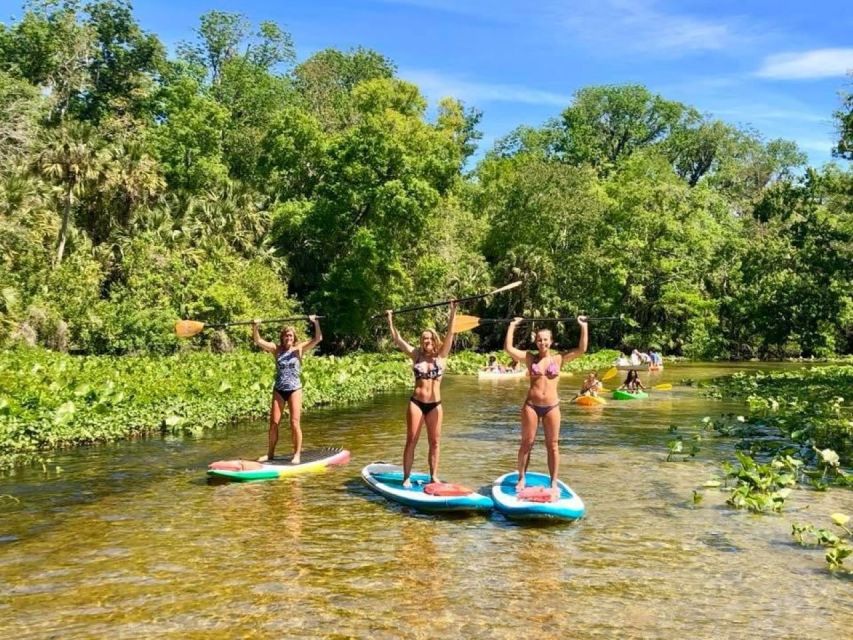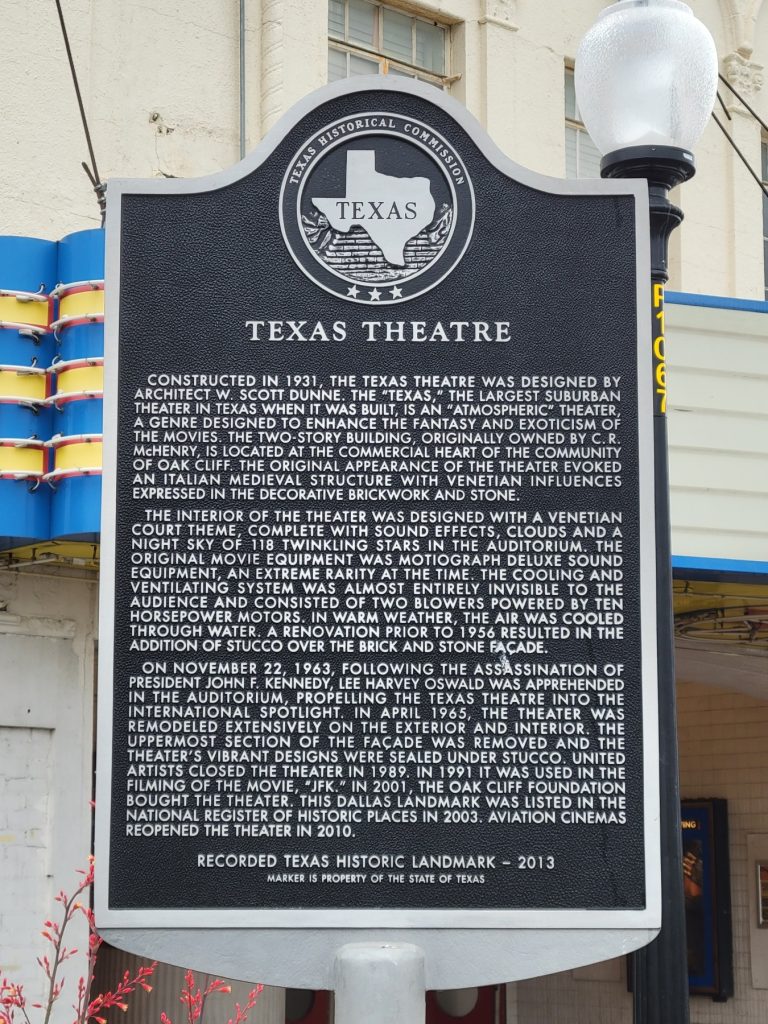Ray Caldwell: Lightning on the Baseball Field-Literally

Ray Caldwell—Lightning on and off the Baseball Field
The story of pitcher Ray Caldwell is certainly a cautionary tale to the dangers of
overindulgence. While Caldwell, at an athletic 6’ 2” and just under 200 pounds,
may have never been able to use his talents to his best advantage, his name is one
that will live in the legacy of baseball forever. Ray Caldwell, despite his physical prowess, is best know for being struck by lightning during a game.
Ray Caldwell was born in the town of Corydon, Pennsylvania on April 16, 1888.
Ray’s father was absent from the start. His stepfather, Lewis Archer, worked in the
telegraph industry, a field that Ray would find himself working in during off-seasons and in his years after baseball.
Corydon, PA would be erased from the map in 1965 by intentional flooding from
the Kinzua Dam and Allegheny Reserve.
According to baseball historian Steve Steinberg, Caldwell did not take up the game
of baseball until 1908, signing with a semi-pro team the following year. After a
strong performance on the mound against an all-star team from the Pennsylvania
League, young Caldwell signed his first professional contract, turning pro in 1910.

That year he won 18 games for Mckeesport and caught the eye of New York
Americans scout Arthur Irwin. Irwin signed the 21-year-old pitcher, and Caldwell
made his first start for the New York Highlanders on September 21, 1910. The
young right hander had arrived and looked forward to taking the mound and the
batter’s box in 1911.
Caldwell’s first full season should be seen as a success. Using a fastball that had
zip and a knee buckling curve ball, the young pitcher struck out a career high 145
batters on his way to a 14-win season. At the plate, major league pitching didn’t
intimidate him, and he hit .272 in his limited at bats.
The 1912 and 1913 seasons saw Caldwell dealing with arm injuries though by the
end of the 1913 season, he was showing his old form again.
1914 was a good year for Caldwell, if not for the Yankees overall. Again, pitching
well, Ray ran an impressive record of 17-9 with a 1.94 earned run average, good
for fourth in the league. His five shutouts that season were a career high. While his
pitching was strong, his hitting was suspect, ending with a career low, .195
average, including more strikeouts than hits.
With his career looking up, the inner demons were taking hold during 1914. Ray
loved the big city life of New York City. Ray had a penchant for women and the
bottle. During July, he went missing during a road trip, and racked up team fines
totaling $900 during the season; fines that owner Frank Farrell would rescind in an
effort to keep that talented hurler on his team.

Despite having signed a contract with the Buffalo Blues of the rival Federal
League, Caldwell was back with the Yankees in 1915 at the then high pay of
$8,000 per season. Despite having little offensive support from the light hitting
Yankees, Caldwell posted an impressive record of 19-16 with a 2.89 ERA for the
1915 season.
During the summer of 1916, Caldwell left his team behind, drawing the ire of the
team and earning a $100 fine and fifteen-day suspension. When this didn’t bring
the pitcher back to the team he was suspended for the remainder of the season.
Caldwell showed up late for the 1917 spring training, sporting a tan and looking in
good shape. The press called him “the Pearl of Panama,” believing he had been
pitching in a league there. Despite pitching well early in the season, Caldwell was
fined and suspended ten days for missing curfew and a game the following day.
When he returned from suspension, Caldwell showed flashes of his brilliance,
pitching 9 2/3 innings of relief to defeat the St. Louis Browns, only to be arrested
later that night, having stolen a ring from a local woman. In August, he was hit
with divorce papers and a request for $100 per month from wife Nellie, who
charged him with abandonment.
Despite a growing mountain of evidence against him, the Yankees resigned
Caldwell for the 1918 season, perhaps in hopes he could regain his early career
magic. In August, he left the team and went to work at Tietjen and Lang Dry Dock
Company, perhaps with the knowledge that being employed in what was
considered an essential industry in the war efforts, he could avoid being drafted.
Abandoning his team yet again was the final straw for the Yankees and in
December he was part of a multi-player deal with the Boston Red Sox. His stint in
Boston was a short one. He was released in July, sporting a 7-4 record. At age 31 it
certainly appeared that Caldwell was done in Major League Baseball.
The Cleveland Indians, led by Tris Speaker came calling and signed the pitcher to
a contract on August 19. His unique contract agreed that on days he pitched, he
should get drunk afterward and not bother reporting the following day. The second
day after a game, he was to report to Speaker and run laps as directed, the third day
he would pitch batting practice, and the following day he would pitch for the
Indians. He won five of six starts for the Indians with a low ERA of 1.71.
With the Indians, Ray had offensive support that he did not have in New York.
During the 1920 season, the first in what many consider the “lively ball era,” the
Indians were led by three 20 game winners, including Caldwell, and earned a spot
in the World Series.
The Indians would emerge victorious in the World Series, but Ray had a dismal
performance in his single game, giving up two runs in only 1/3 of an inning before
being pulled.
Ray’s pitching had become a bit more erratic, and Speaker and the Indians moved
him to the bullpen in 1921. He would be suspended during the season, only to
return and win two straight games. He followed up these wins by being shelled by
the New York Yankees, a game the Yankees won 21-7.
Ray Caldwell’s Major League career was over. Age, inconsistency, injury, and a
reputation for liking the bottle had caught up to him. He would continue to pitch in
the minor leagues, occasionally showing dashes of brilliance, but never brilliant
enough to attract a major league contract.
His final major league record was 134 wins and 120 losses with an ERA of 3.22.
Never a hard thrower he only totaled 1,006 strikeouts. His thirteen-year minor
league career record was 159 wins and 147 losses. In his 23-year combined
professional career, Caldwell won an impressive 293 games. Had he done that in
the majors, he might have a spot in Cooperstown.
Ray Caldwell Lightning on the Baseball Field; Literally
Caldwell is one of hundreds of players with heaps of talent who for whatever
reason never reach their potential. Most of these players are forgotten to time.
Caldwell, however, is remembered for a freak occurrence of nature during one of
his 1919 appearances.
In August 1919, pitching against the Philadelphia Athletics, Caldwell was on the
mound, having pitched a strong eight innings. With two outs in the ninth, and
teams looking to get out of the bad weather, lightning struck. Literally.
Players hit the ground, Caldwell lay flat on his back, unconscious. Indians’
manager Tris Speaker tried to send Caldwell to the hospital after he came to, but the pitcher insisted on finishing the game. Which he did, inducing a ground out to third from A’s shortstop Joe Dugan on the next pitch.
So just what is the truth of this story. There is no doubt that lightning struck
SOMEWHERE near the pitcher’s mound. Where exactly is debatable. Some
claimed it struck a metal railing close to the press box while others claimed it hit
the ground near the mound and sent the hurler flying. Caldwell himself liked to
claim the bolt struck the metal button on his cap, a highly unlikely prospect.
Others on the field back the claim that the bolt hit close by. Catcher Steve O’Neil
had his mask and cap knocked off. Umpire Billy Evans stated he felt a tingle in his
legs.
Perhaps that bolt of lighting is what Caldwell needed. Shortly after this, he pitched
a no-hitter against his former team, the New York Yankees.
Ray Caldwell, who was lightning on the baseball field, passed away on August 19, 1967, at the age of 79 from cancer. His remains are buried in Randolph Cemetery, in Randolph, New York, under a small, unassuming marker with a Masonic symbol. His fourth wife, Estelle, who passed away in 1992, is buried next to him.

An online memorial to Ray Caldwell may be found HERE.
This post may contain affiliate links. If you click these links and make a
purchase, I may receive a small commission. This commission does not affect
any price that you pay. All views and opinions provided are my own and are
never influenced by affiliate programs or sponsors providing products.
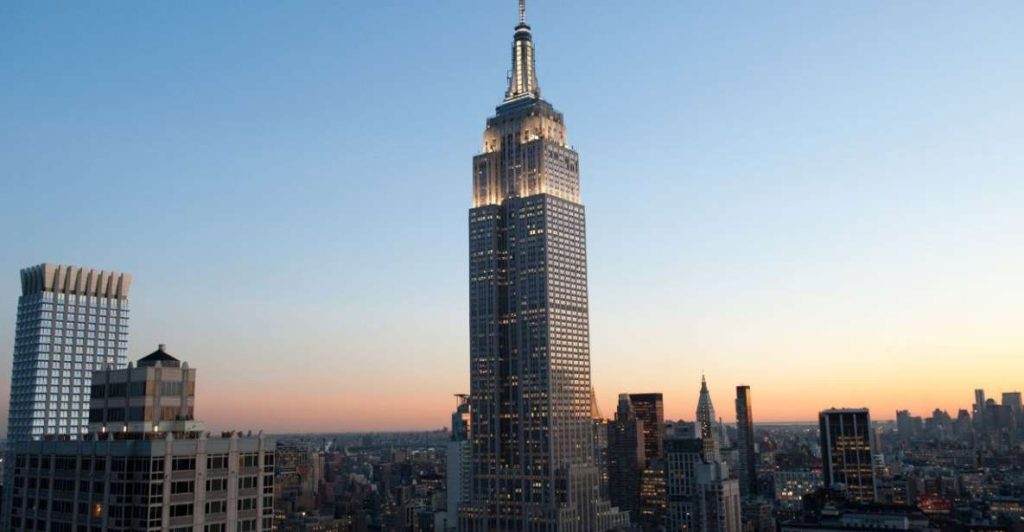




















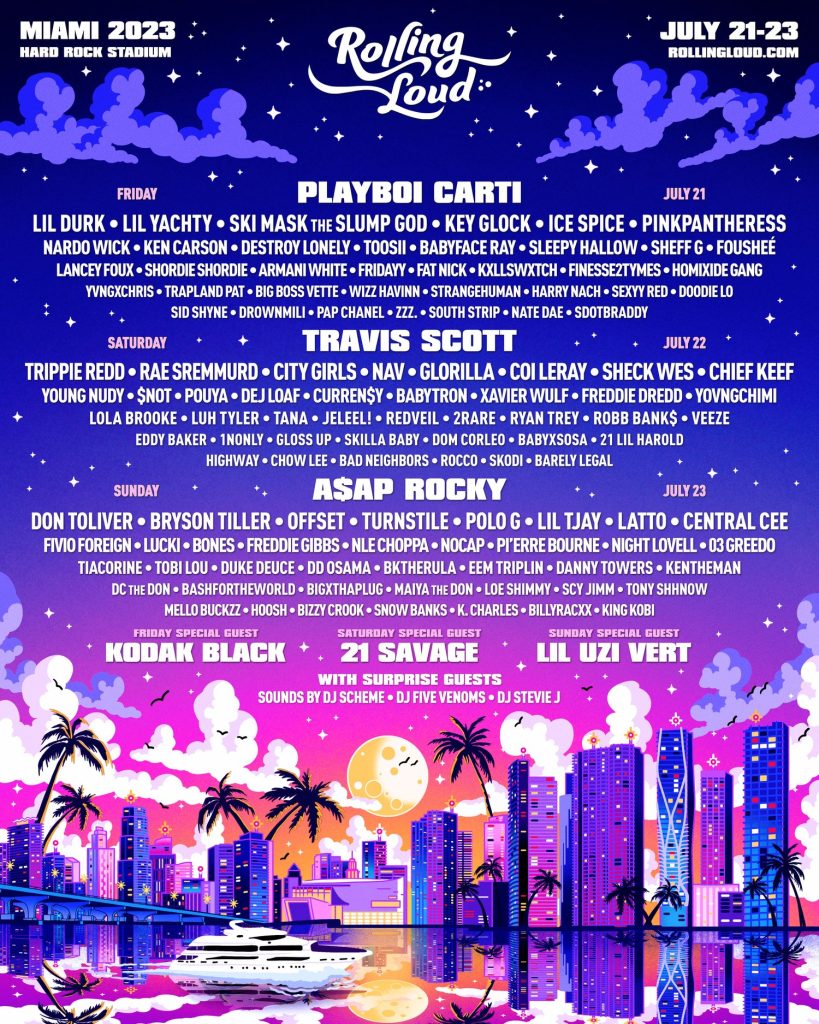


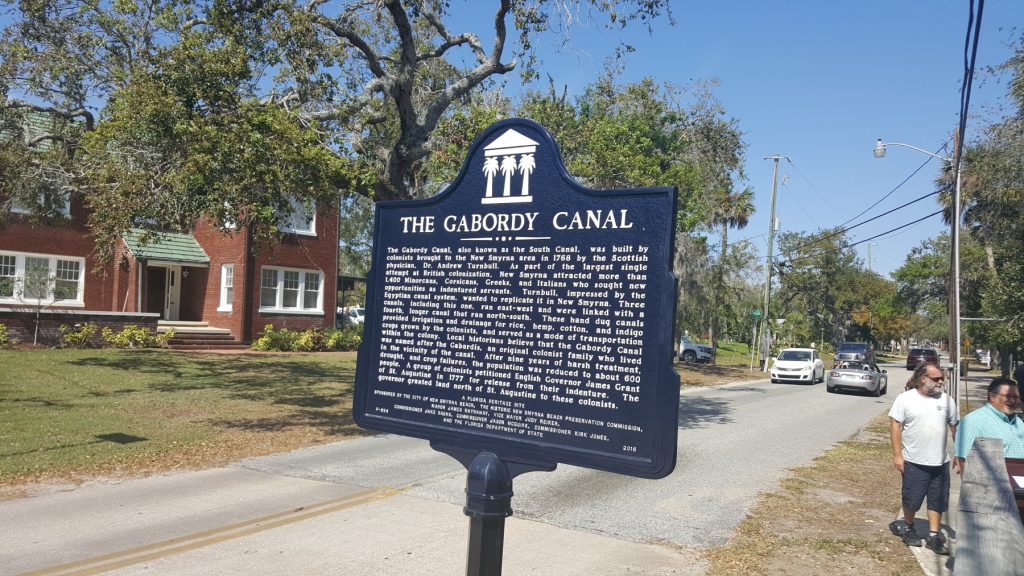















 Grenier, Bob and the East Lake Historical Society.
Grenier, Bob and the East Lake Historical Society. 

